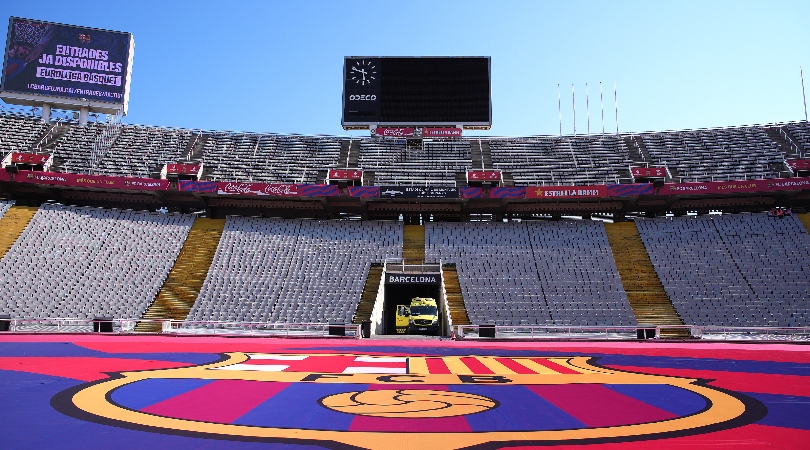
Playing in front of your own fans does not guarantee success for football clubs, but it is often a big help.
In fact, home advantage is not as big a factor as it once was. These days, at the highest level at least, all stadiums must meet specific criteria and the pitches are in a far better condition than in previous eras – even in the lower leagues.
Some sides are also suited to playing away from home, without the pressure from fans to attack and with the opportunity to operate on the break.
In general, though, most teams would prefer to be in front of their own fans in a familiar ground – and recent analysis has shown that the teams playing at home, in their own stadium, win more or less 40% of the time.
On occasions, though, that privilege is taken away. From the clubs waiting for a new stadium to be built to those turfed out after their previous ground was sold, here is a look at some sides forced to play in temporary homes...
32. Bristol Rovers
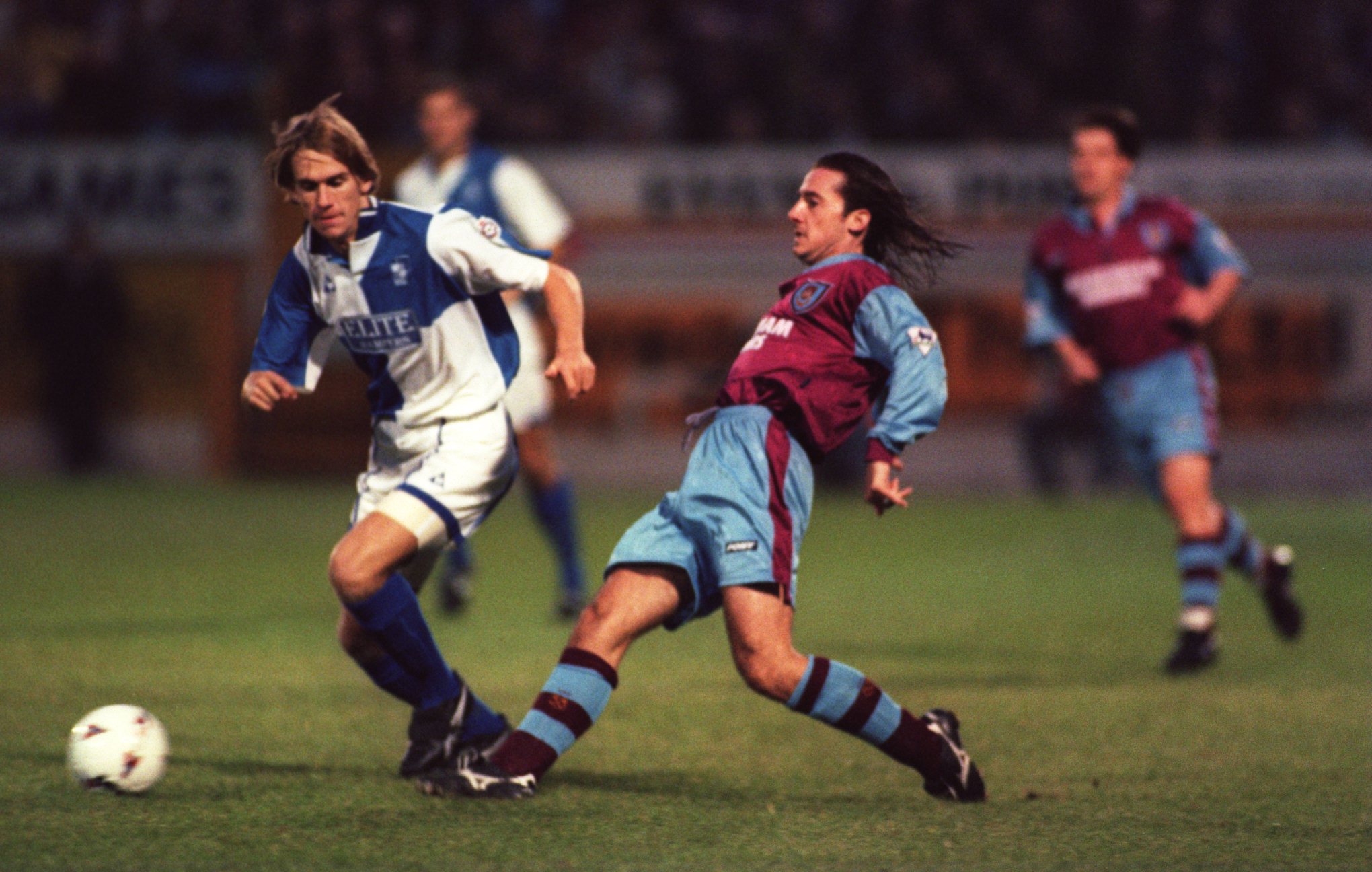
Bristol Rovers played their home matches at the Eastville Stadium, which was also used for speedway and greyhound racing, between 1897 and 1986.
The old ground, which also had flower beds behind each goal, was closed in 1997 and demolished the following year. With no other suitable location available in Bristol, Rovers went to play in nearby Bath and improvements were made to the Twerton Park ground. The Pirates spent a decade there until a move to the Memorial Stadium, which was home to Bristol Rugby Club at the time, in 1996.
31. Red Star FC

Historic French club Red Star FC have played at Stade Bauer since 1909, but the Green and Whites were recently forced to move out of their much-loved home.
With Bauer unfit for football in Ligue 2 in the mid-2010s, Red Star spent two seasons in Beauvais and another at Stade Jean-Bouin. The club returned home in 2019 and the stadium has recently undergone extensive renovations.
30. Cruzeiro
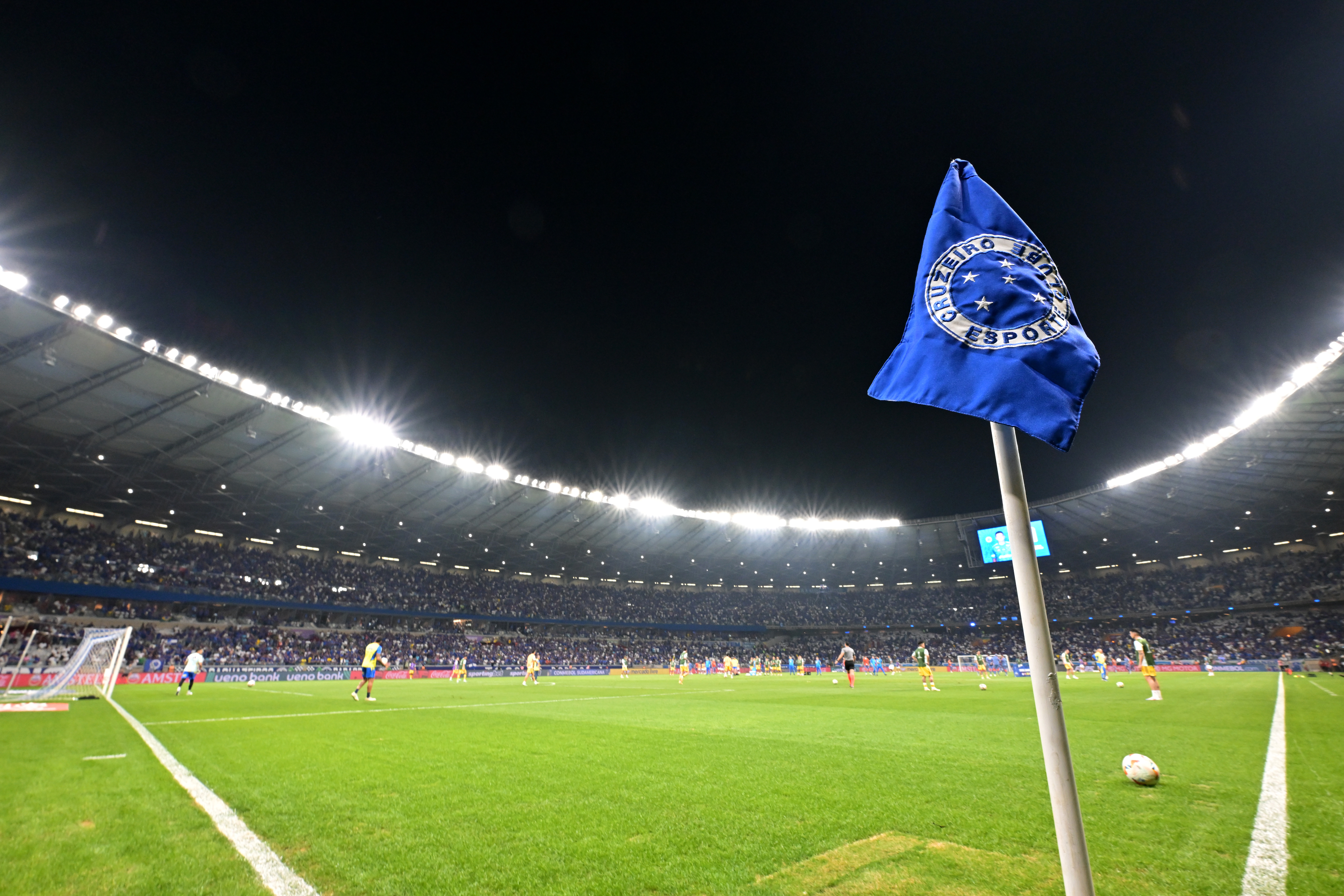
Since 1965, Cruzeiro have played their home matches at Belo Horizonte's Estádio Governador Magalhães Pinto, better known as the Mineirão.
The ground was extensively renovated for the 2014 World Cup in Brazil and from 2010, Cruzeiro played their home matches outside Belo Horizonte at the Arena do Jacaré and Ipatingão stadiums, before returning to the city in 2011 at América MG's Independência home. Cruzeiro returned to the redeveloped Mineirão in February 2013.
29. Hertha Berlin

Hertha Berlin may not among Germany's biggest clubs, but the Old Lady does play at the nation's second-largest stadium: the Olympiastadion.
Built for the 1936 Olympic games, the Olympiastadion has been home to Hertha since 1963 and has a capacity close to 75,000. With the team struggling in the late 1980s and minimal interest from fans at that time, home matches for 2. Bundesliga and Amateurliga matches were switched to the much-smaller Poststadion.
28. Club América
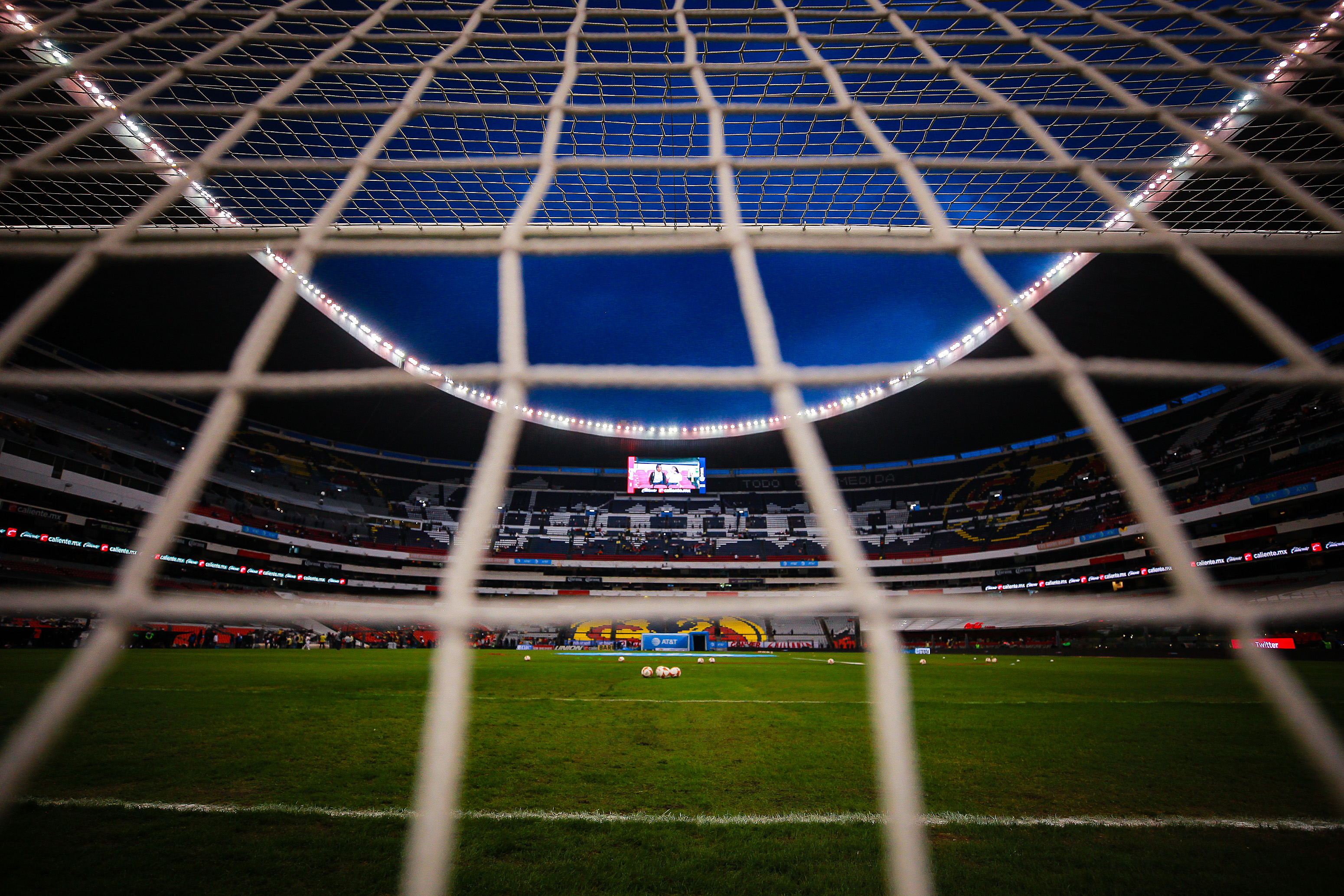
Mexico City's Estadio Azteca has been home to Club América since 1966, but the Eagles were forced to move out temporarily in 2024 due to renovation work at the famous stadium.
With the Azteca being remodelled for the 2026 World Cup, for which it will host the tournament's opening game, América have therefore joined city rivals Cruz Azul and Atlante in using the Estadio Ciudad de los Deportes for their home matches until the works are completed.
27. New York City FC

Founded in 2013, New York City FC played their first Major League Soccer games in 2015, but plans for a soccer-specific stadium are taking time to materialise.
NYCFC have mostly played their home games at the Yankee Stadium in that time, while also using another baseball ground, Citi Field, and occasionally a number of other venues. The proposed new stadium is expected to be finished in 2027.
26. Wimbledon
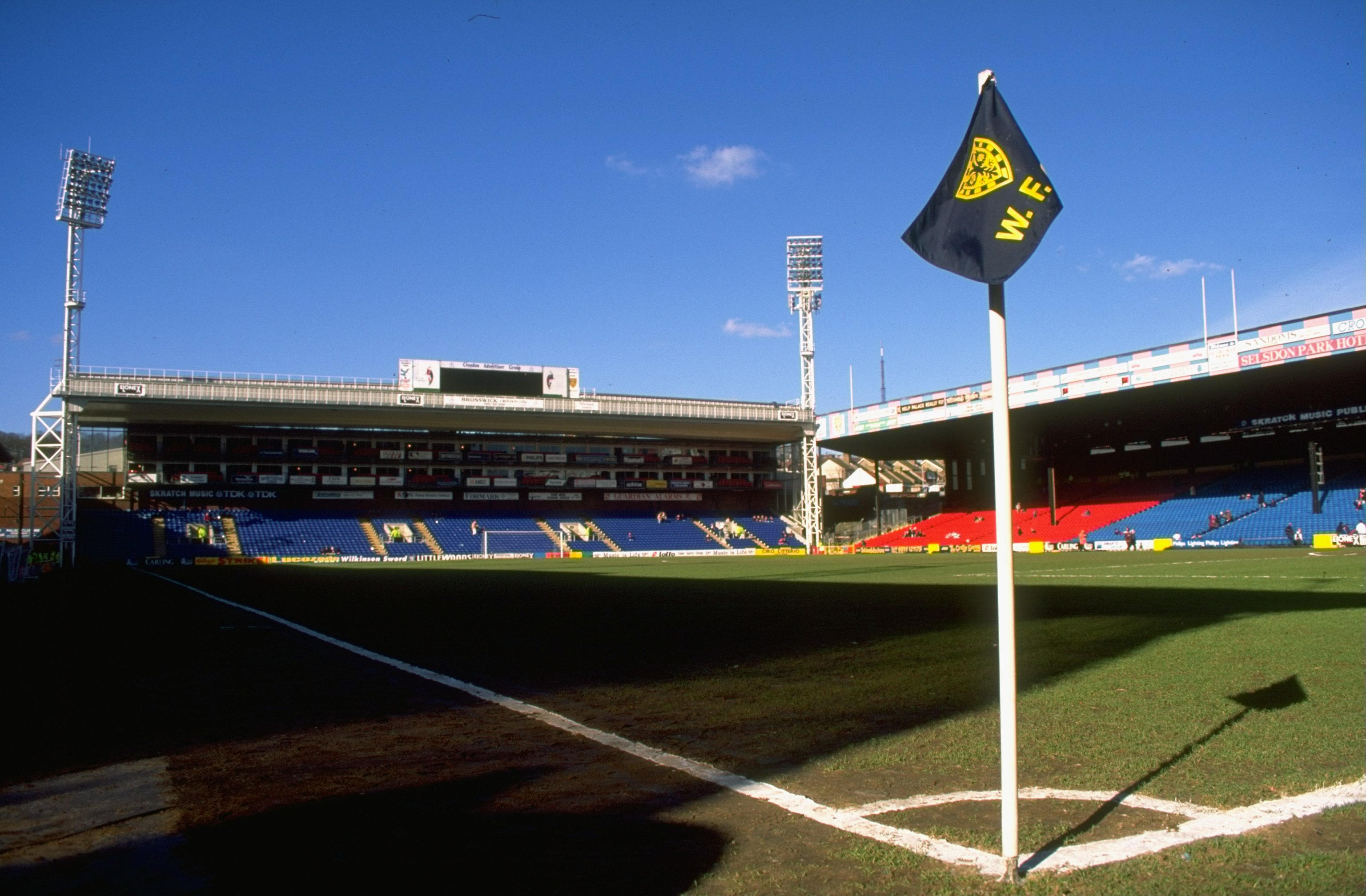
From 1912 until 1991, Wimbledon played their home matches at Plough Lane, but the south-west London club opted to ground share with Crystal Palace in the early 1990s and remained in SE25 until 2003.
Relocated to Milton Keynes that year, Wimbledon played their final season at the National Hockey Stadium in 2003/04, with the club renamed as MK Dons in 2004. In the meantime, WImbledon supporters formed a new club in 2002. That team, AFC Wimbledon, has played at a newly built Plough Lane since 2020.
25. Cruz Azul

Cruz Azul spent 22 years at the Estadio Ciudad de los Deportes between 1996 and 2018, during which time the ground affectionately became known as the Estadio Azul.
Although the stadium is scheduled to be demolished in the years ahead, Cruz Azul returned to the ground in 2024 after several years at the Estadio Azteca and the Mexico City side plan to build their new home on the site in future.
24. Botafogo
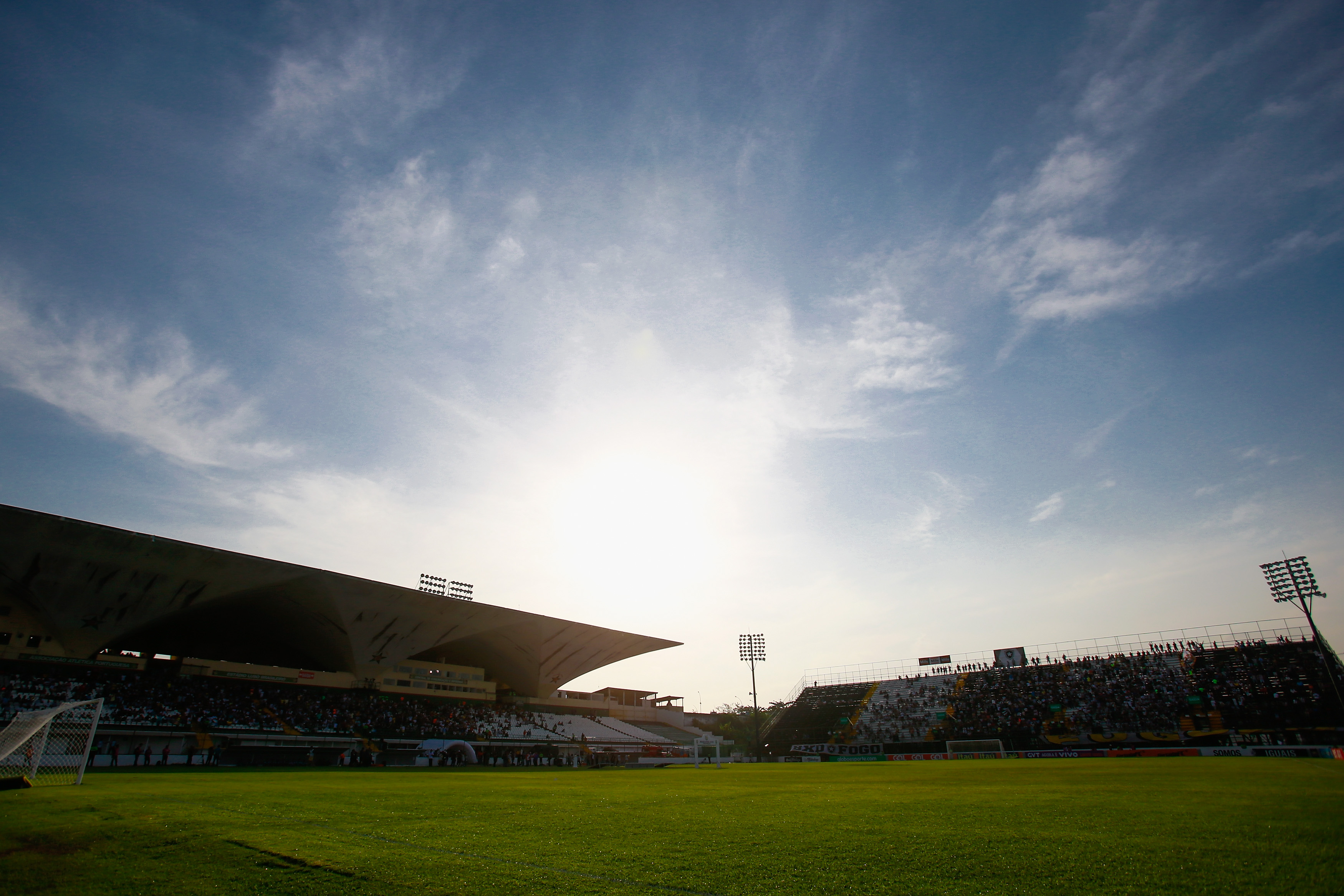
During renovations to Rio de Janeiro's Maracanã stadium in 2005, Botafogo reached an agreement to play their home matches at the Estádio Luso Brasileiro.
Botafogo returned to the stadium in 2016 while their own ground, the Engenhão, was being prepared for use at that year's Olympic Games. Rebranded as the Arena Botafogo, it was expanded to seat around 17,250 fans and was used by the Rio club for a total of 13 games in a ground share with lower league side Portuguesa.
23. Coventry City
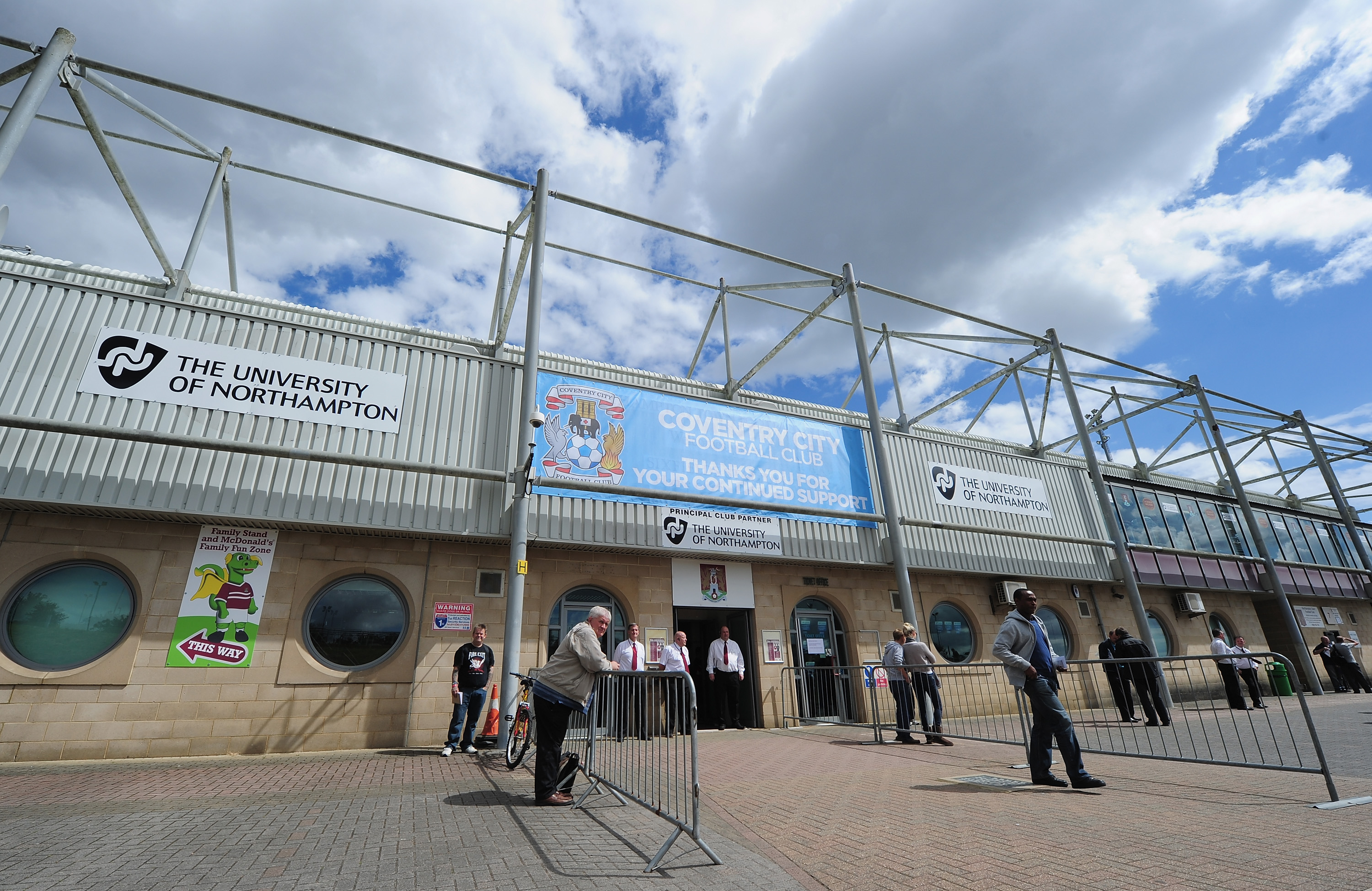
After more than 100 years at Highfield Road, Coventry City moved into a new stadium in 2005, but there were problems on the horizon.
Due to the club's dire financial situation, the Sky Blues were not the owners of the new ground, and were twice forced to move out due to disputes over the lease. Coventry played the 2013/14 season at Northampton Town's Sixfields stadium and shared St. Andrews with Birmingham City for the 2019/20 and 2020/21 campaigns before reaching an agreement to return home later in 2021.
22. Palmeiras
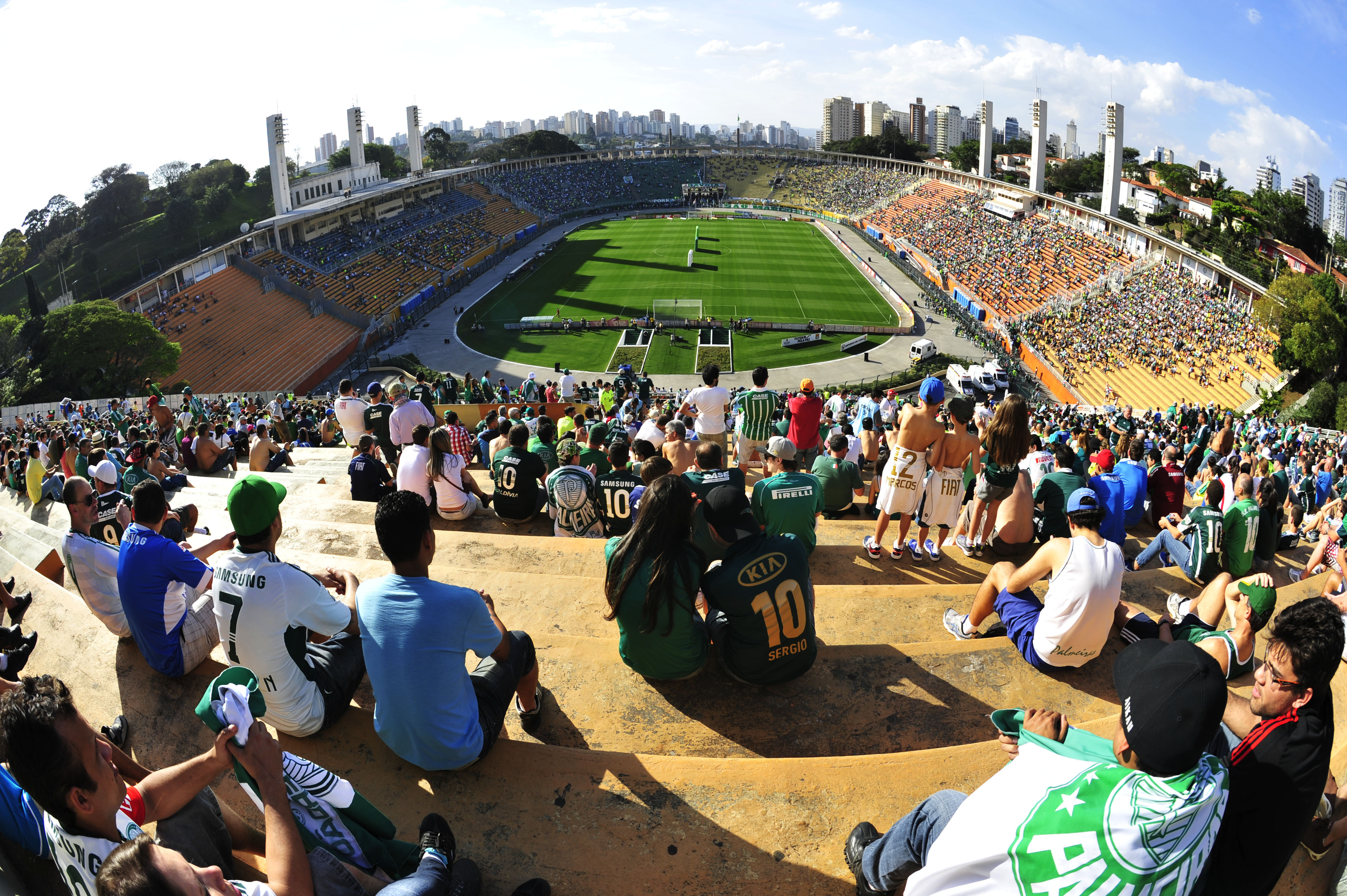
Palmeiras played at the Estádio Palestra Itália for over 90 years from 1917, but its small size and safety concerns led to its closure and demolition in 2010.
That same year, construction began on a new stadium on the same site, and the Arena Palmeiras (or Arena Palestra Itália) eventually opened in late 2014. Between 2010 and 2014, Palmeiras played their home matches at Pacaembu Stadium, which has been regularly used over the years by São Paulo's biggest clubs.
21. Benfica
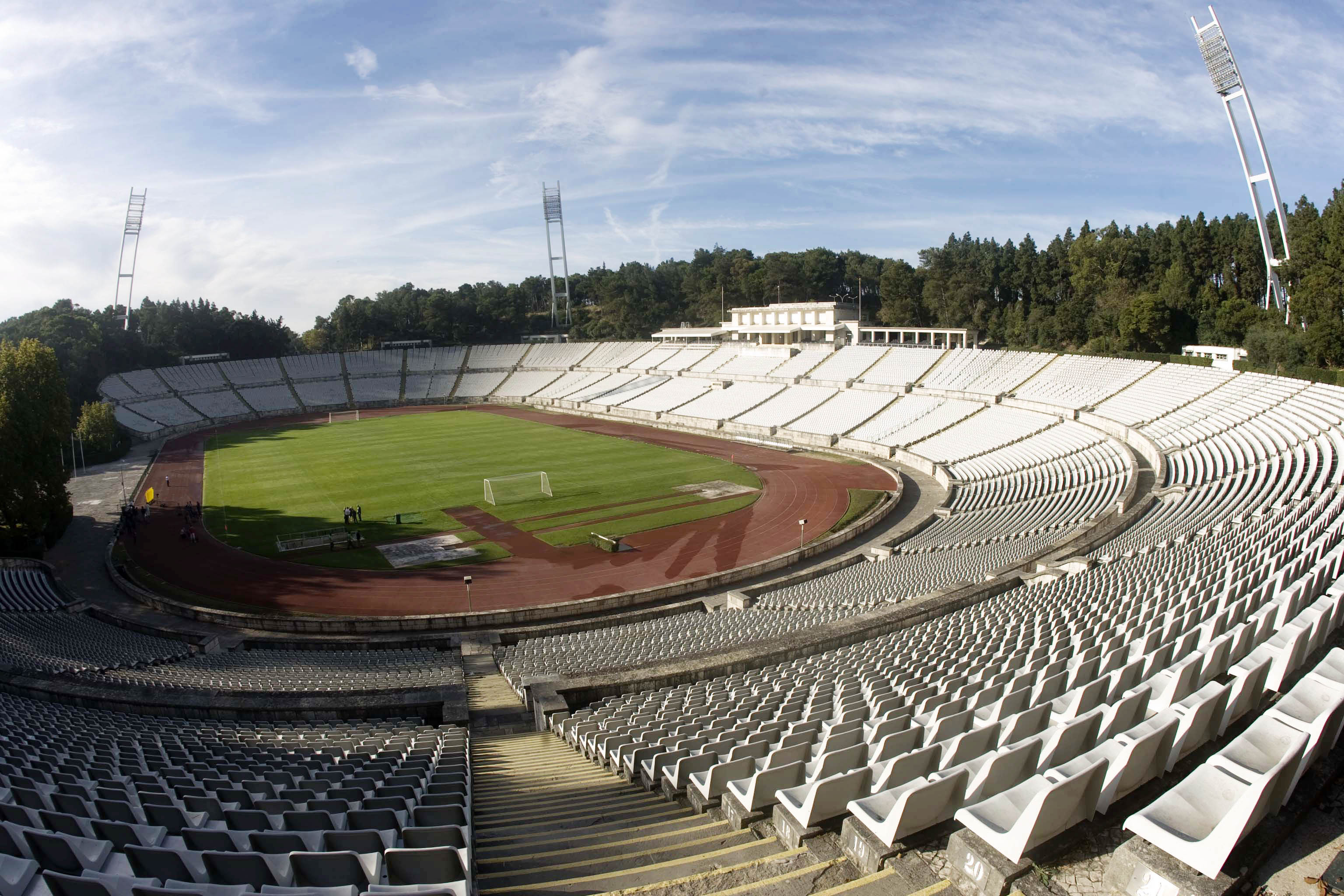
Benfica's old Estádio da Luz was the largest stadium in Europe, with an official capacity of 120,000 fans.
The ground was demolished in 2003 as Portugal built new stadiums for Euro 2004 and replaced by a newer venue of the same name later in the year. So for the latter stages of the 2002/03 season and the early part of the following campaign, Benfica played their home games at Lisbon's Estádio Nacional. The new Estádio da Luz opened in October 2003 and has a capacity of over 64,000.
20. Fulham
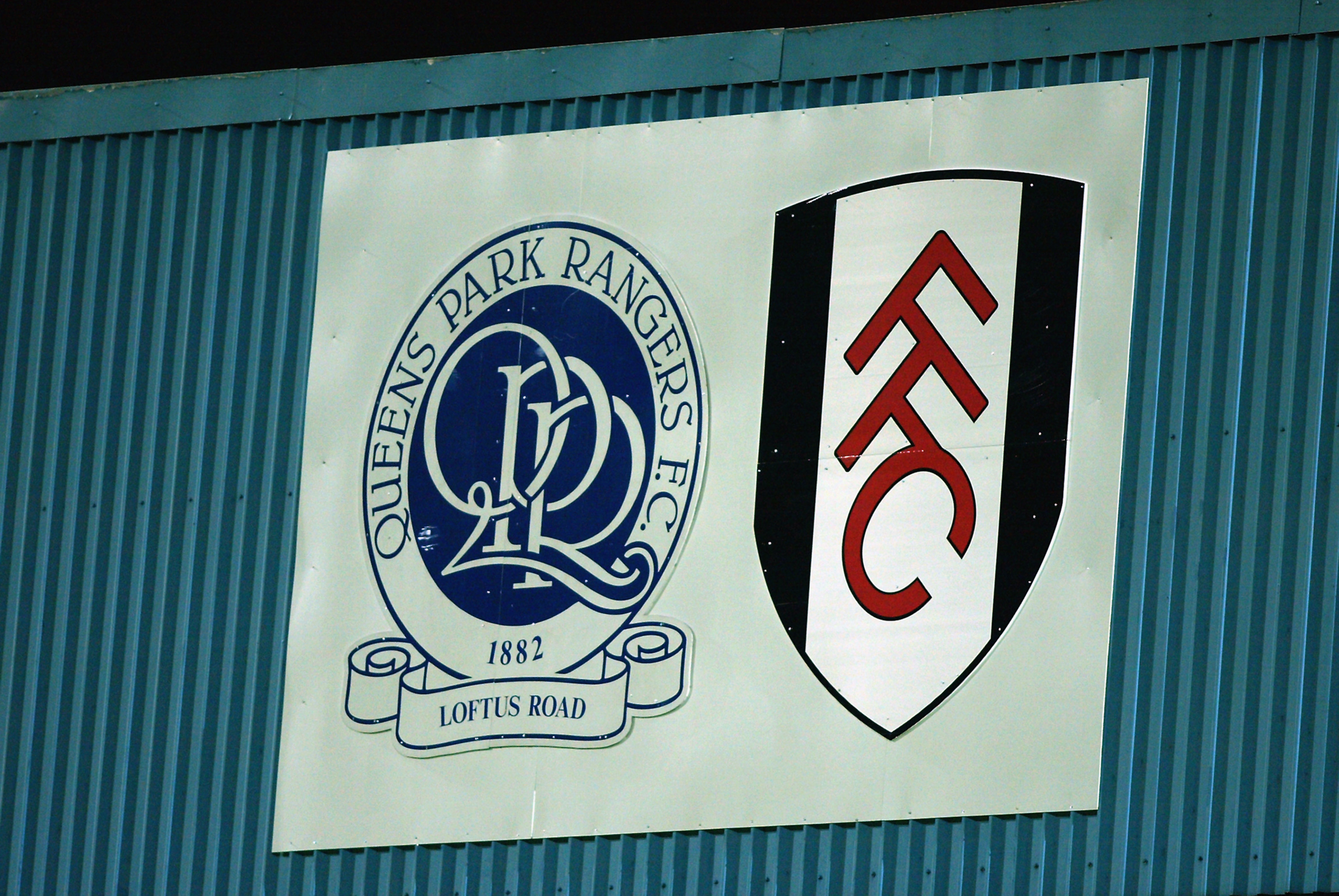
Fulham's Craven Cottage home has been used by the west London club since 1896 and is one of the most iconic grounds in English football.
But renovation of the stadium in the early 2000s meant Fulham had to find a temporary solution and the Cottagers spent two seasons sharing with local rivals Queens Park Rangers at Loftus Road.
19. Shakhtar Donetsk
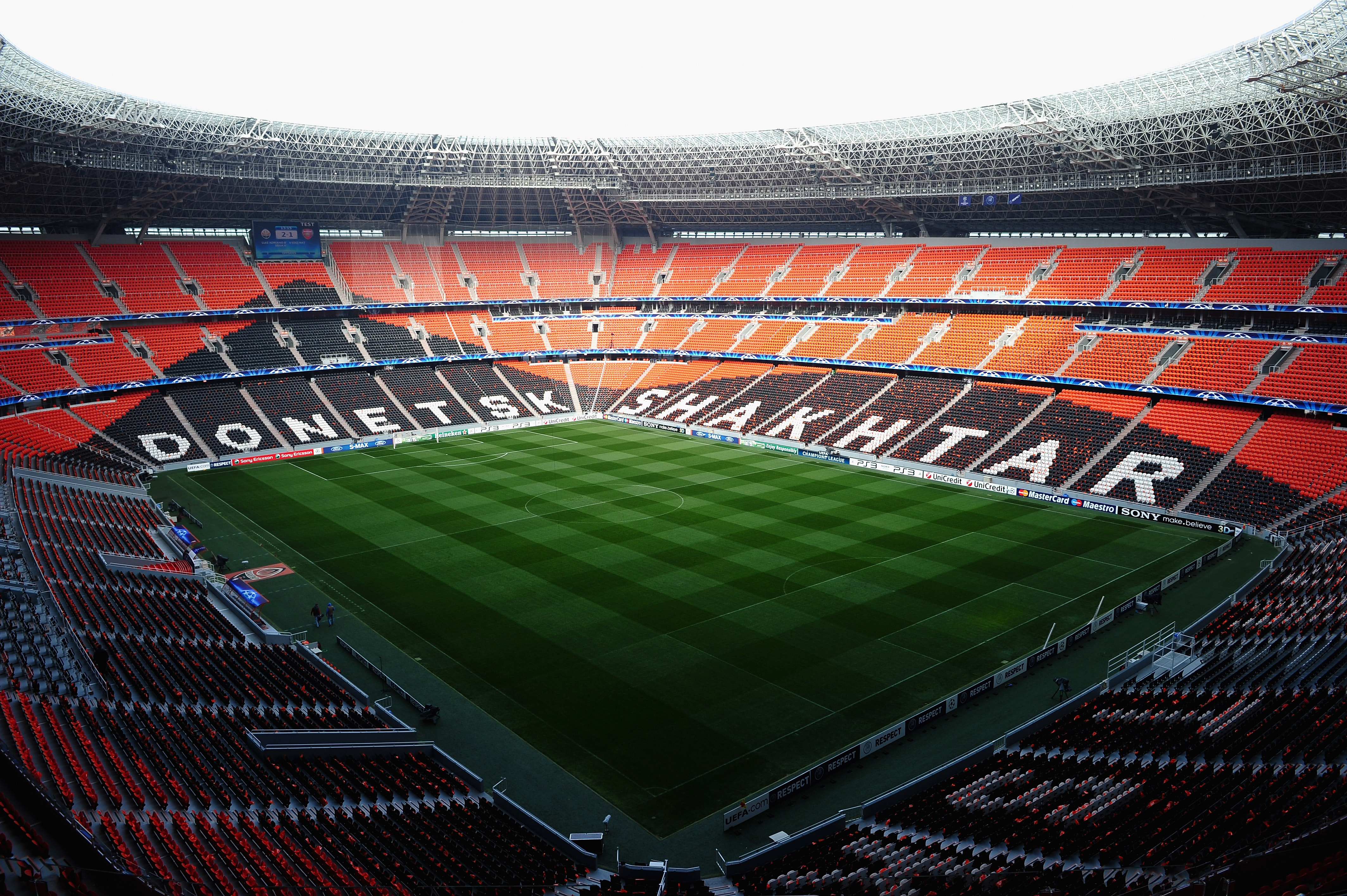
Built at a cost of over €500 million, Shakhtar Donetsk's Donbass Arena opened in 2009, but the stadium has been closed to the public since 2014 due to the war in the region.
Since then, Shakhtar have played their home matches away from Donetsk, using the Arena Lviv, the Metalist Stadium in Kharkiv and also the NSC Olimpiyskyi in Kyiv in that time. And due to Russia's invasion of Ukraine in 2022, Shakhtar played their European home games in Warsaw in 2022/23 and in Hamburg the following season.
18. Flamengo
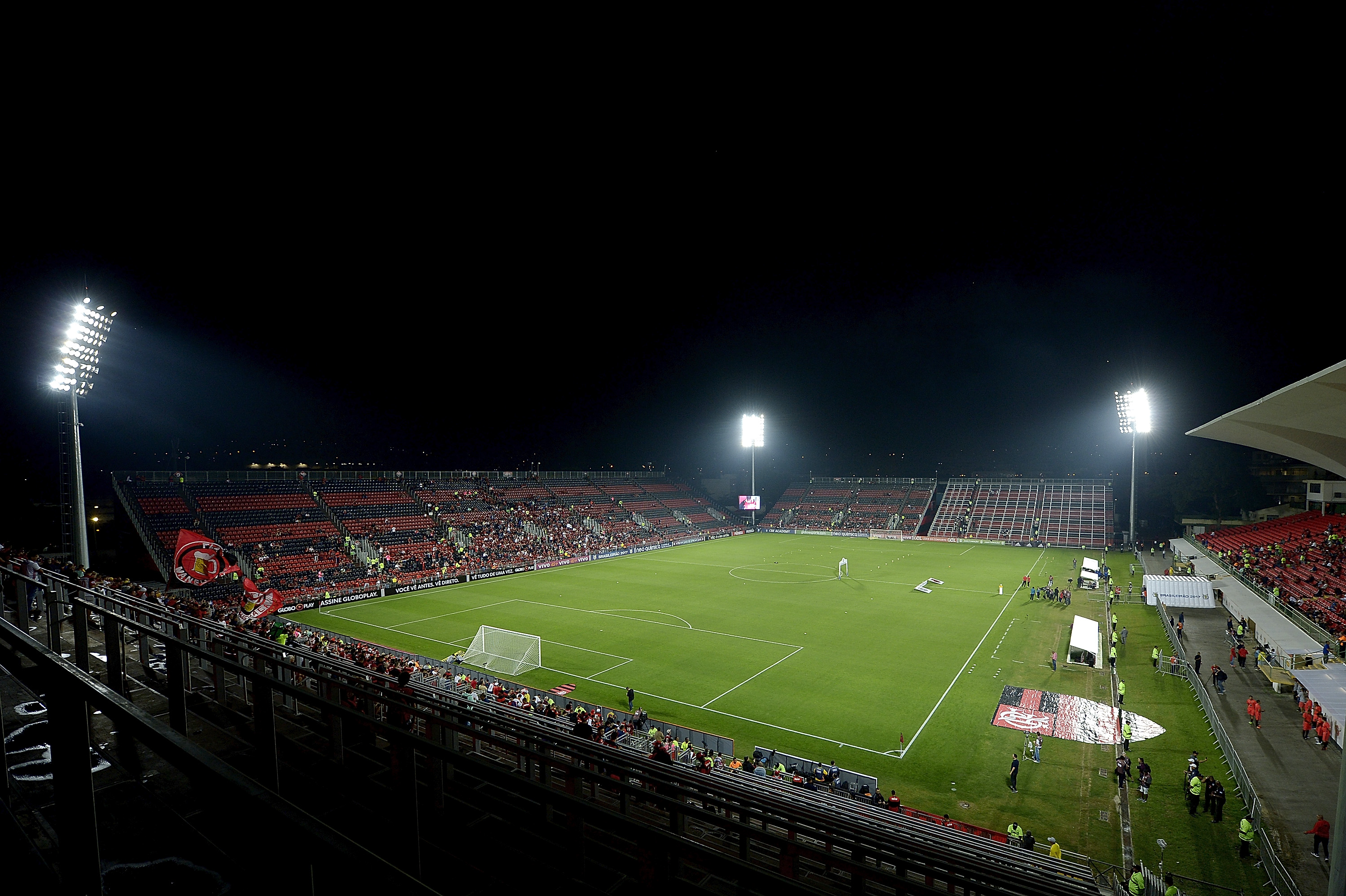
Flamengo played their home matches at Portuguesa's Estádio Luso Brasileiro in 2017 due to a dispute with the Rio de Janeiro state government and the operators of the Maracanã.
The ground was improved, with capacity rising to over 20,000 fans, and given a new name: Ilha do Urubu ("Vulture's Island"). Flamengo signed a three-year deal but reached an agreement with the Maracanã to return home in 2018. The Rio giants also used the Luso Brasileiro for a period in 2005 while the Maracanã was closed for renovation.
17. Atalanta

Atalanta have played at the current stadium since 1928, but the Bergamo-based Stadio Atleti Azzurri d'Italia has a capacity of just over 22,000.
With the ground not up to requirements for European competition, Atalanta played their Europa League games almost 200 kilometres away at Sassuolo's stadium in 2017/18. And more recently, the club have used Milan's San Siro for their Champions League games in order to benefit from improved revenue and higher attendances.
16. Charlton Athletic

Charlton Athletic moved out of The Valley for seven seasons between 1985 and 1992, before eventually returning to a much more modern stadium in December 1992.
The Valley's East Stand had been considered unsafe and was closed down, with the ground in dire need of renovation. So Charlton controversially shared Selhurst Park with south London rivals Crystal Palace until 1991, before playing the 1991/92 season and part of the following campaign at West Ham's Upton Park.
15. Argentinos Juniors

Following the sale of Diego Maradona to Boca Juniors in 1981, Argentinos Juniors had planned to build a new stadium, but opted to invest on their training facility and new players instead.
Small and unsafe, the old ground was left to decay and was eventually demolished in 1995. Argentinos moved out in 1983 to ground share with Ferro Carril Oeste at their Estadio Arquitecto Ricardo Etcheverri, and stayed for 20 years before moving to the Estadio Diego Armando Maradona on the site of their original home in 2003.
14. Paris Saint-Germain

Paris Saint-Germain were founded in 1970, but the French giants did not take up residence at their Parc des Princes home until 1974.
Prior to that, PSG played at a variety of smaller grounds across Paris – incuding Stade Jean-Bouin, the Stade Georges Lefèvre, the Stade Bauer and the Stade Yves-du-Manoir. The Parc des Princes, opened in 1972, has been the club's home ever since.
13. Manchester United
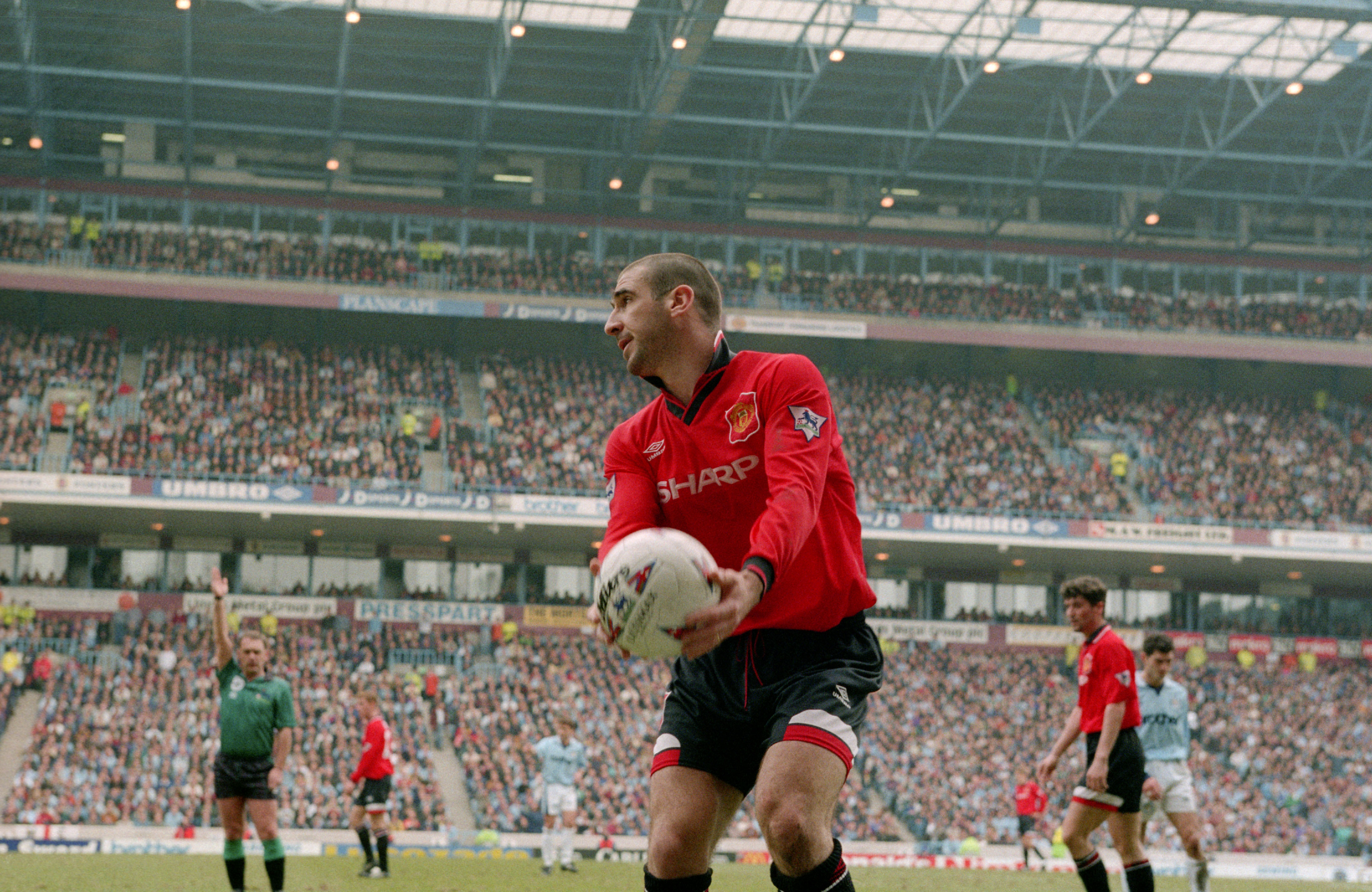
It was only for three matches, but Manchester United briefly played European football at the home of their local rivals Manchester City.
Floodlights were yet to be installed at Old Trafford and the stadium was considered unsuitable, so United kicked off their 1956/57 European campaign at Maine Road. The Red Devils won all three – against Anderlecht, Borussia Dortmund and Athletic Club – but could only draw their semi-final second leg against Real Madrid back at Old Trafford and went out 5-3 on aggregate.
12. Beşiktaş
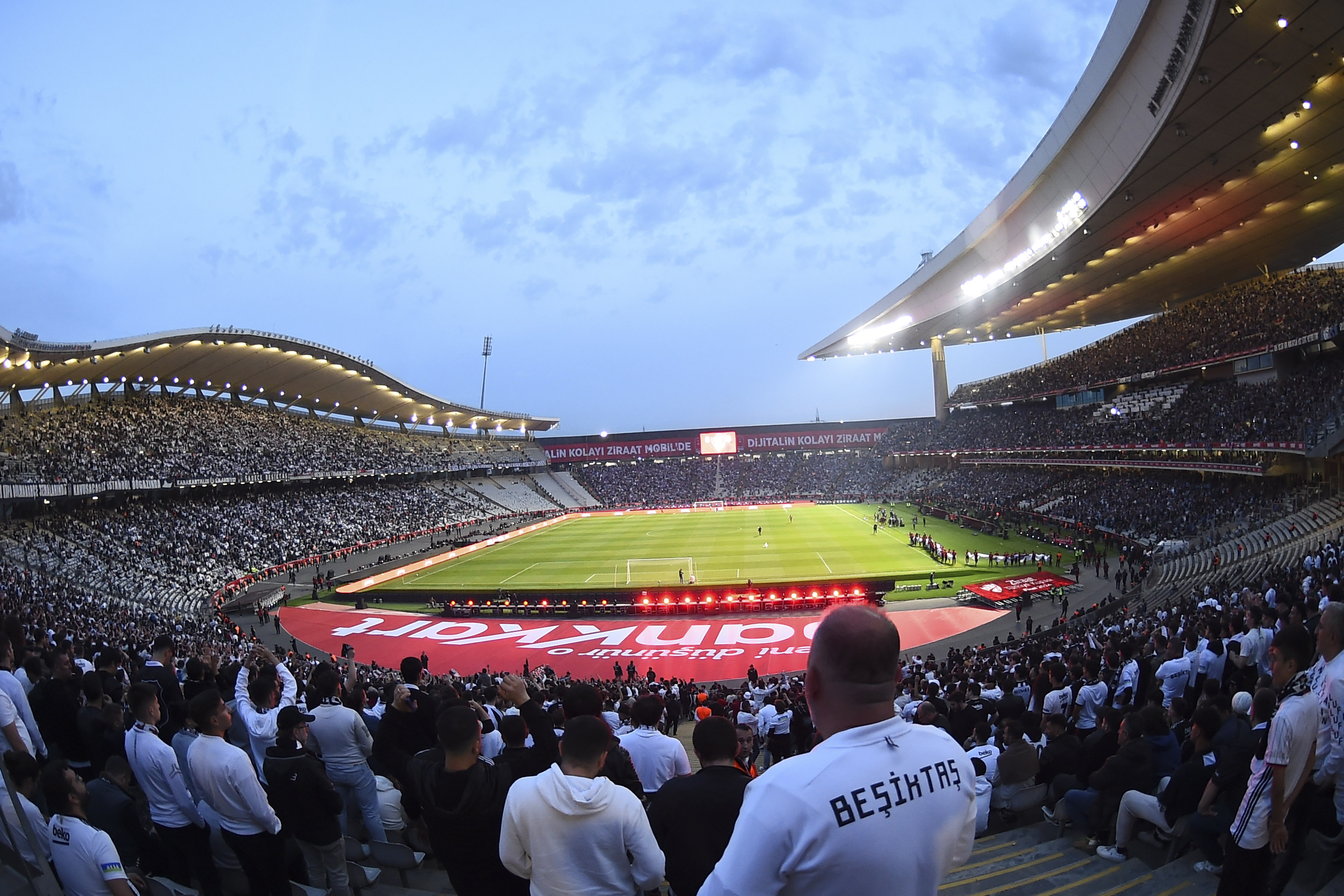
Istanbul giants Beşiktaş opted to upgrade their stadium in the 2010s, demolishing the old İnönü Stadium in 2013 and moving into a new ground built on the same site in 2016.
But while Beşiktaş waited for their new home to be built, the Black Eagles spent three seasons across town at the Atatürk Olympic Stadium between 2013 and 2016.
11. Espanyol
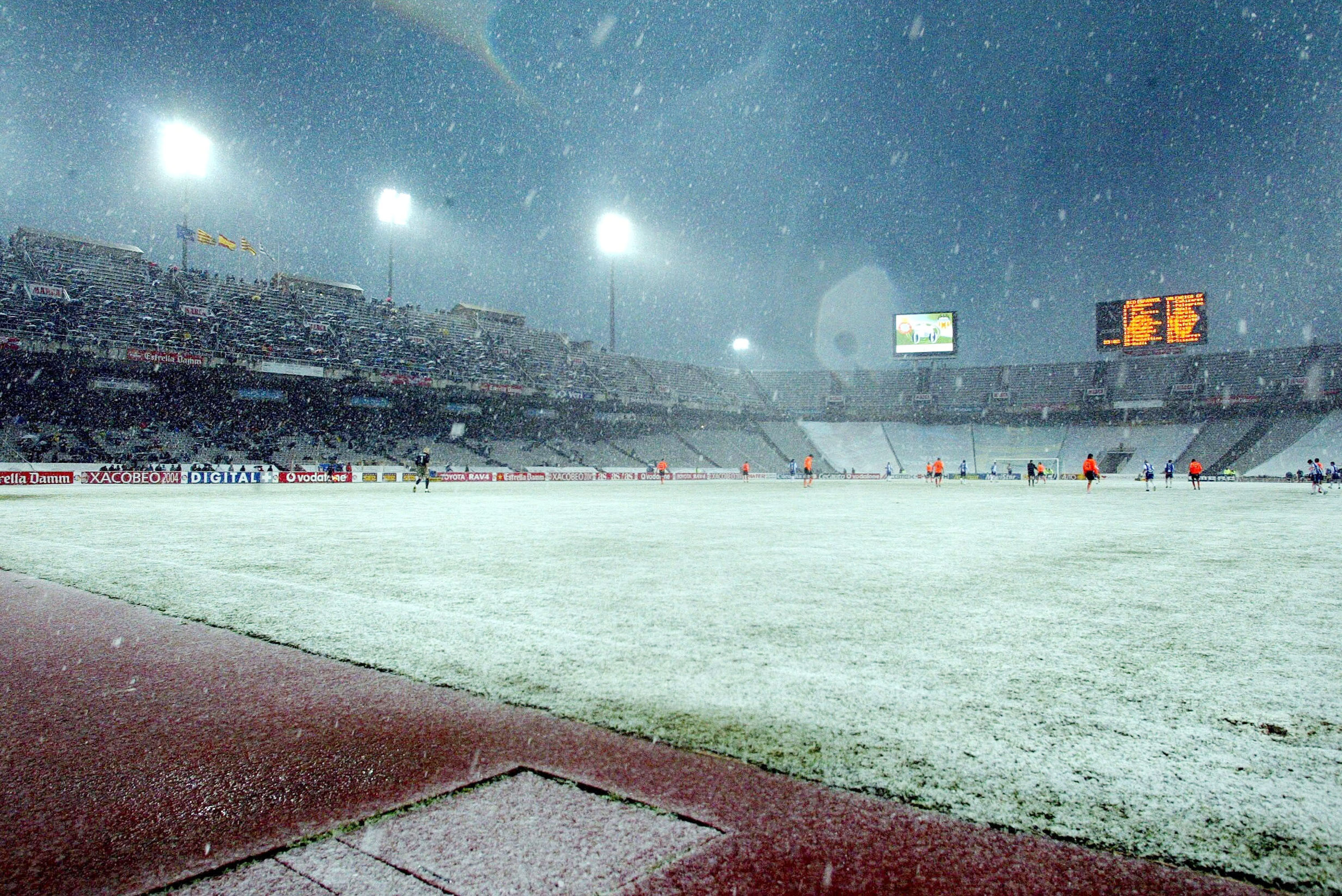
Espanyol's Sarrià stadium hosted games at the 1982 World Cup and also at the Barcelona Olympics in 1992, but the ground was sold to property developers to ease the Catalan club's financial problems in 1997.
For the next 12 seasons, Espanyol played their home matches at the Lluis Companys Olympic Stadium in Montjuïc, before eventually moving into their current Estadi Cornellà-El Prat home in 2009.
10. Rangers
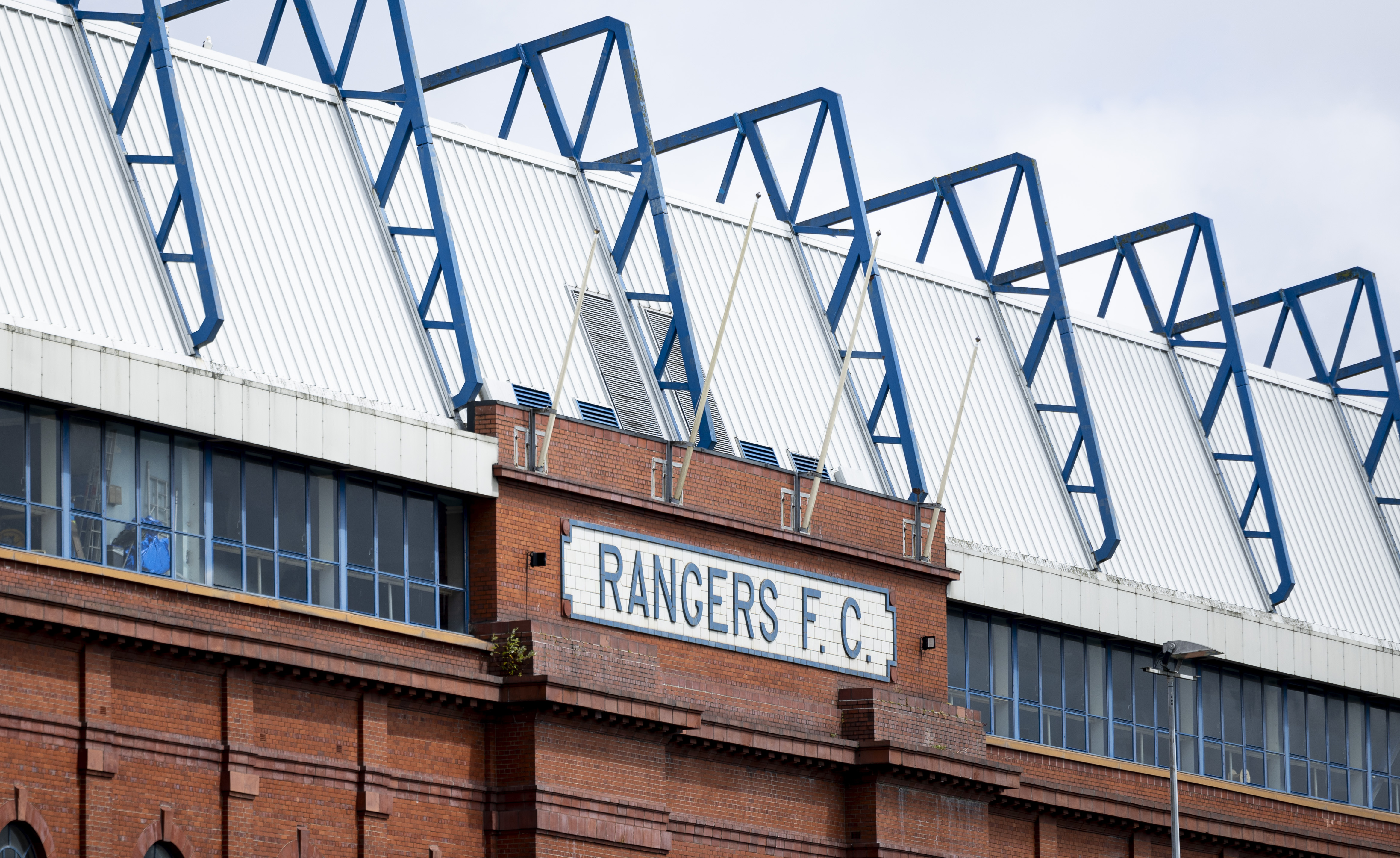
Renovation work on Rangers' Ibrox stadium in the summer of 2024 was held up after a shipment of steel from Asia was delayed.
The Gers were therefore forced to look for a temporary home while works were completed and agreed a deal with the Scottish FA to play at Hampden Park instead.
9. Galatasaray
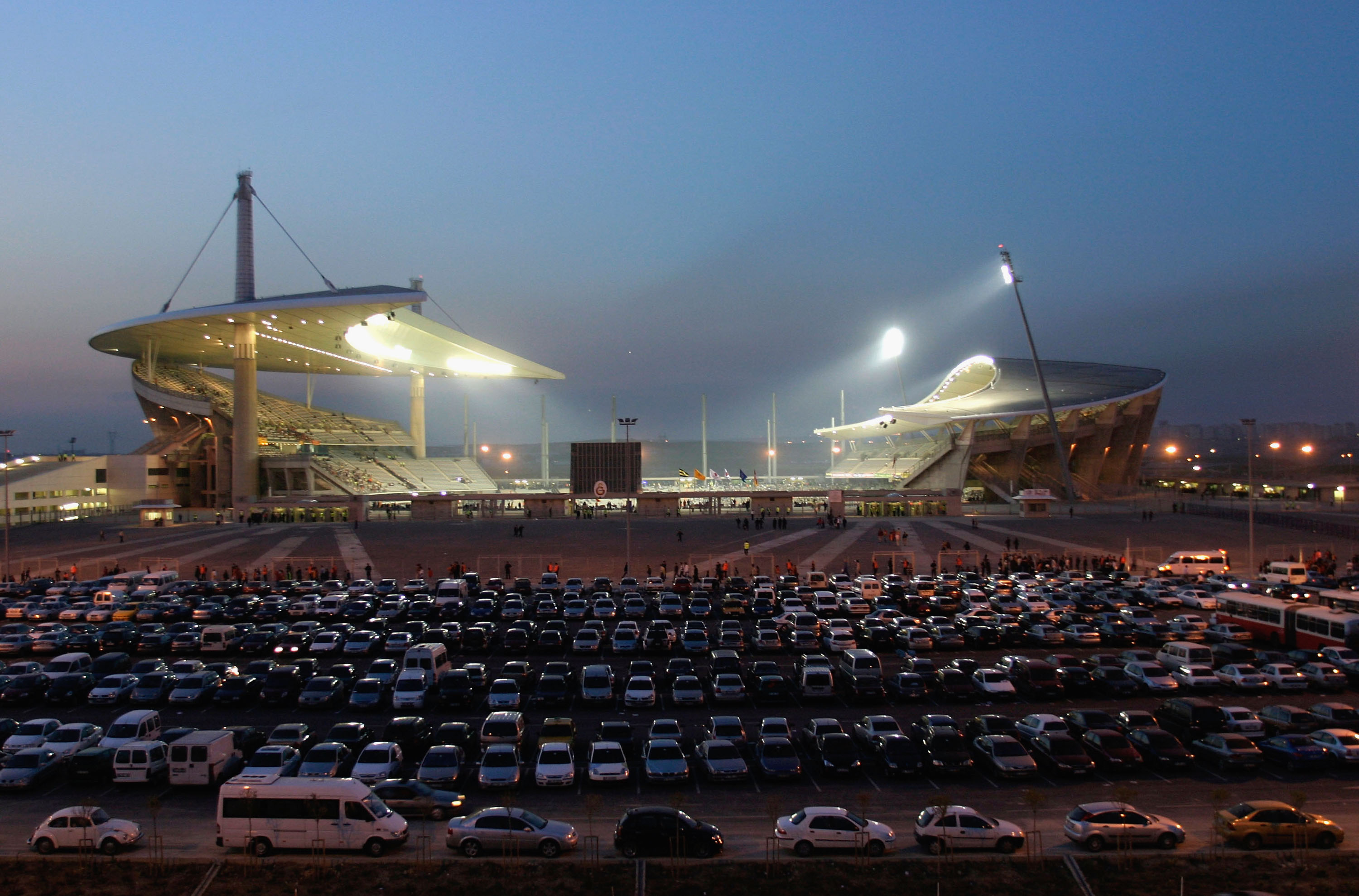
Galatasaray moved into a new home in 2011 after their old Ali Sami Yen Stadium was demolished.
The current ground, which is often referred to by the same name, is known as Rams Park for sponsorship reasons. During renovations of the old stadium, Galatasaray spent a season at the Atatürk Olympic Stadium in 2003/04 and also played their Champions League home games at the venue in 2006/07.
8. San Lorenzo de Almagro

San Lorenzo de Almagro are one of Argentina's historic clubs, but the Buenos Aires giants were without a home after their Gasómetro stadium was sold for development and demolished in 1979, with a supermarket built in its place.
For more than 14 years until the Nuevo Gasómetro was officially opened in 1994, San Lorenzo fans were forced to watch their team's home games at various other stadiums in the Argentine capital – including the grounds of Boca Juniors, River Plate, Vélez Sarsfield, Atlanta, Ferro and Huracán.
7. Brighton & Hove Albion
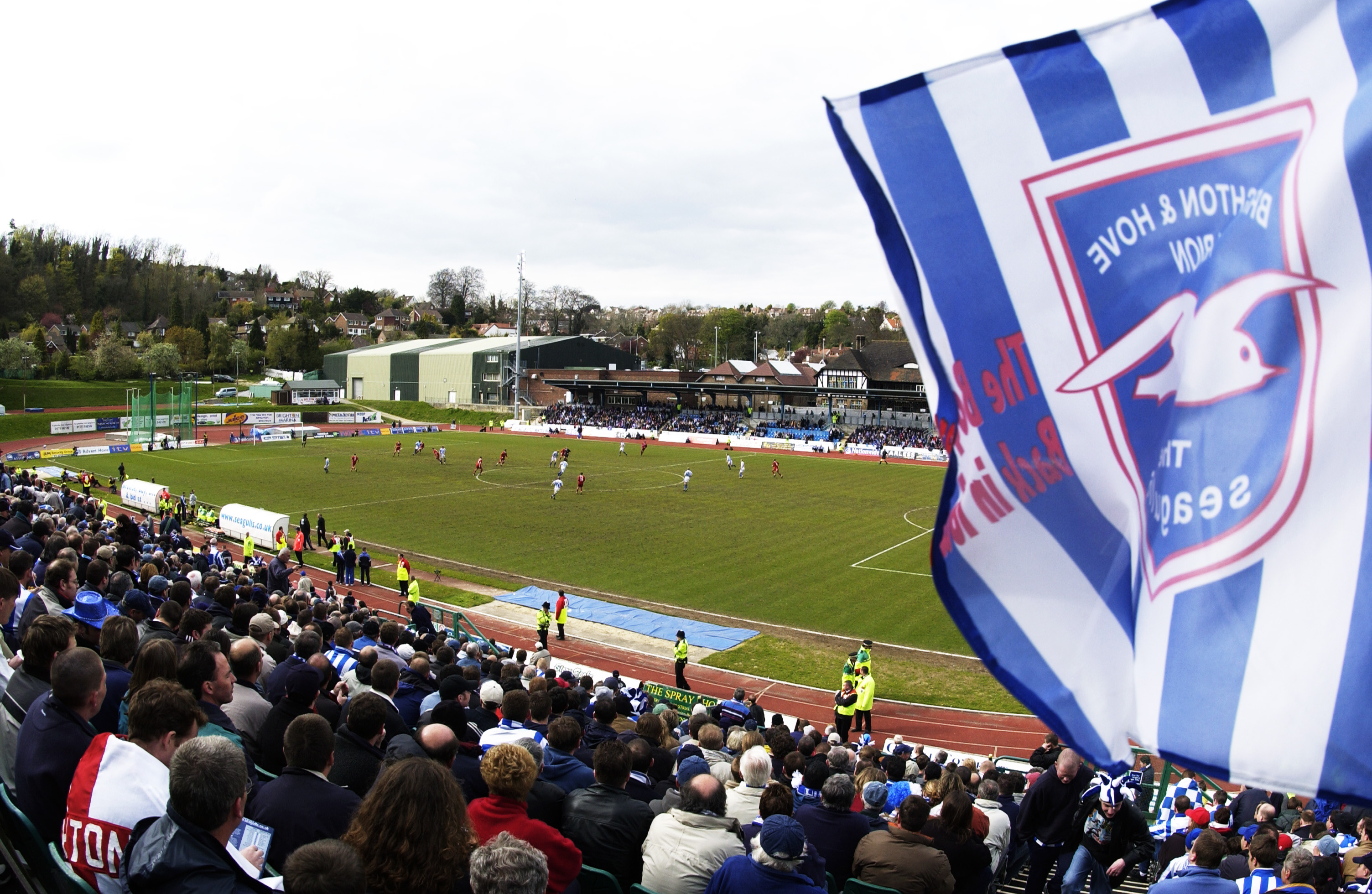
Brighton & Hove Albion played at the Goldstone Ground for 95 years, but the Seagulls were forced to search for a new home after the stadium was controversially sold for redevlopment in 1997.
A proposed ground share with Portsmouth along the south coast never materialised, so Brighton ended up playing their home games over 70 miles away in Gillingham. After two seasons in Gillingham, the Seagulls returned to Brighton in 1999 with a move to the Withdean Stadium. An athletics track with temporary stands built from scaffolding, the unpopular Withdean remained the club's home until their Amex stadium was opened in Falmer in 2011.
6. Inter Miami

Inter Miami may have welcomed the likes of Lionel Messi, Luis Suárez and Sergio Busquets to the club in recent times, but the MLS outfit still have plenty of other plans.
Among those is a move to a new 25,000-seater stadium, Miami Freedom Park, which is expected to be completed in 2026. In the meantime, the Herons have played at Chase Stadium, which was built as an interim venue and holds just over 21,000 fans.
5. Arsenal

In order to benefit from increased revenue and higher attendances, Arsenal asked for permission from the Football Association and UEFA to play their Champions League home games at Wembley Stadium in the late 1990s.
The Gunners received approval and used the national stadium instead of Highbury for the 1998/99 and 1999/2000 seasons, but went out in the group stages in both editions of the continental competition.
4. Tottenham Hotspur
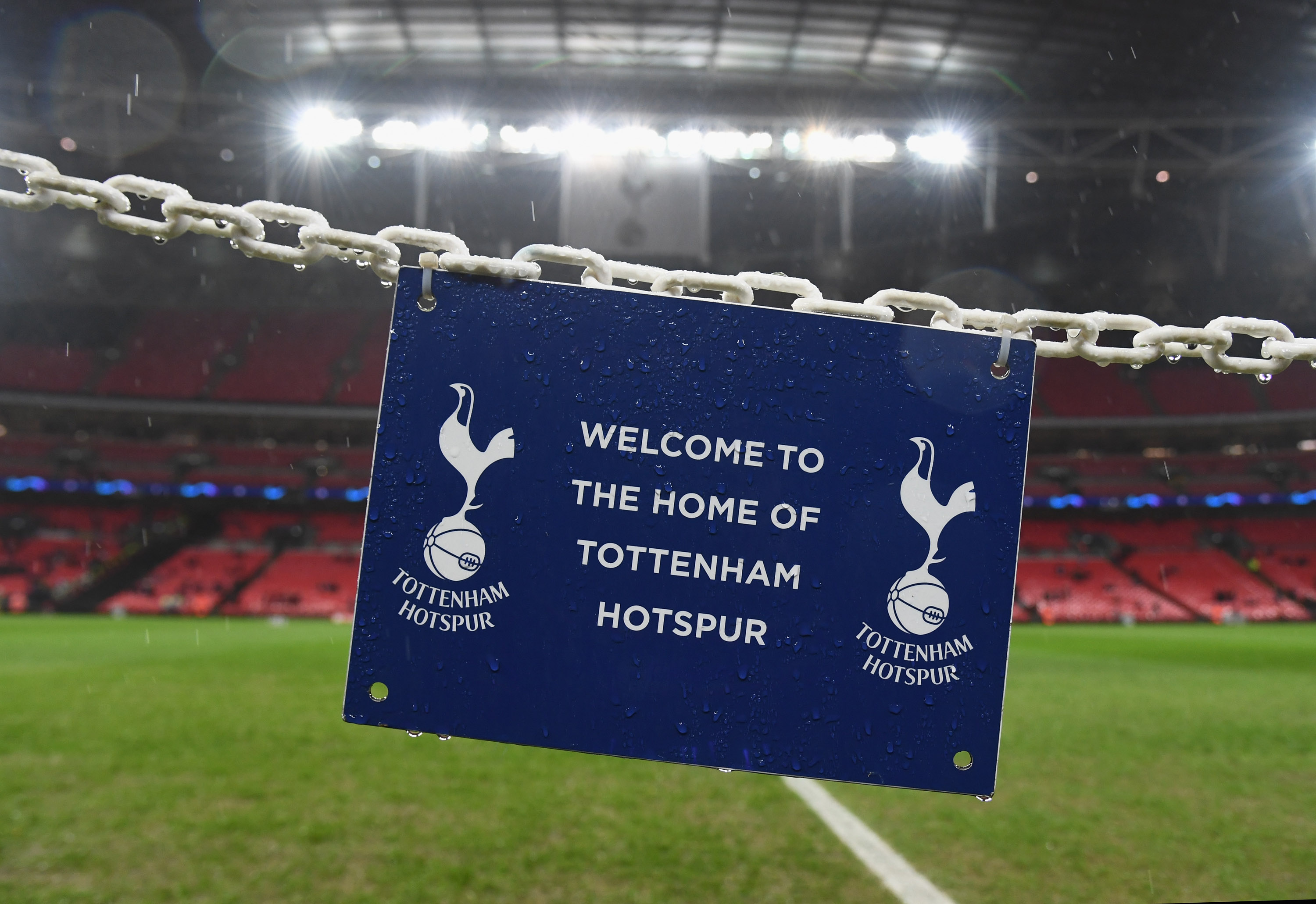
Tottenham Hotspur built their new stadium on the site of the old White Hart Lane ground and that meant the north London club had to find a new temporary home in 2017.
Spurs moved into Wembley for the 2017/18 season and also used the national stadium for most of the 2018/19 campaign, eventually moving into their impressive new home in April 2019.
3. Juventus
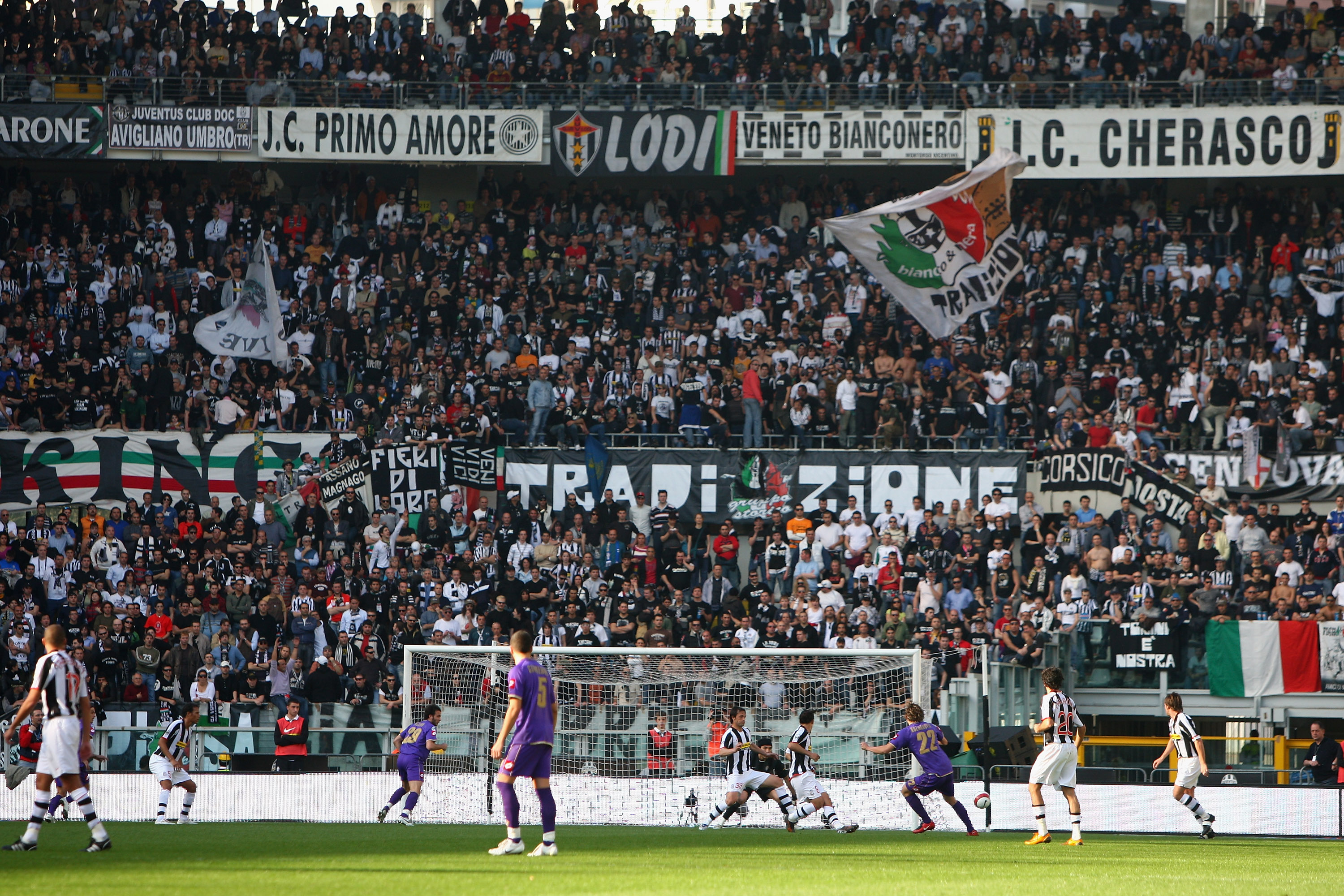
The Stadio delle Alpi in Turin was built for the 1990 World Cup and became the home of both Juventus and Torino, but poor visibility, exposure to the elements and its location on the outskirts of the city made it unpopular with fans.
Juve and Torino both moved out of the Delle Alpi in 2006 and the ground was eventually demolished in 2009, with the new Juventus Stadium built on the same site. Both Turin teams started playing at the city's Olympic Stadium from 2006, with Juve moving in to their new home in 2011.
2. Real Madrid
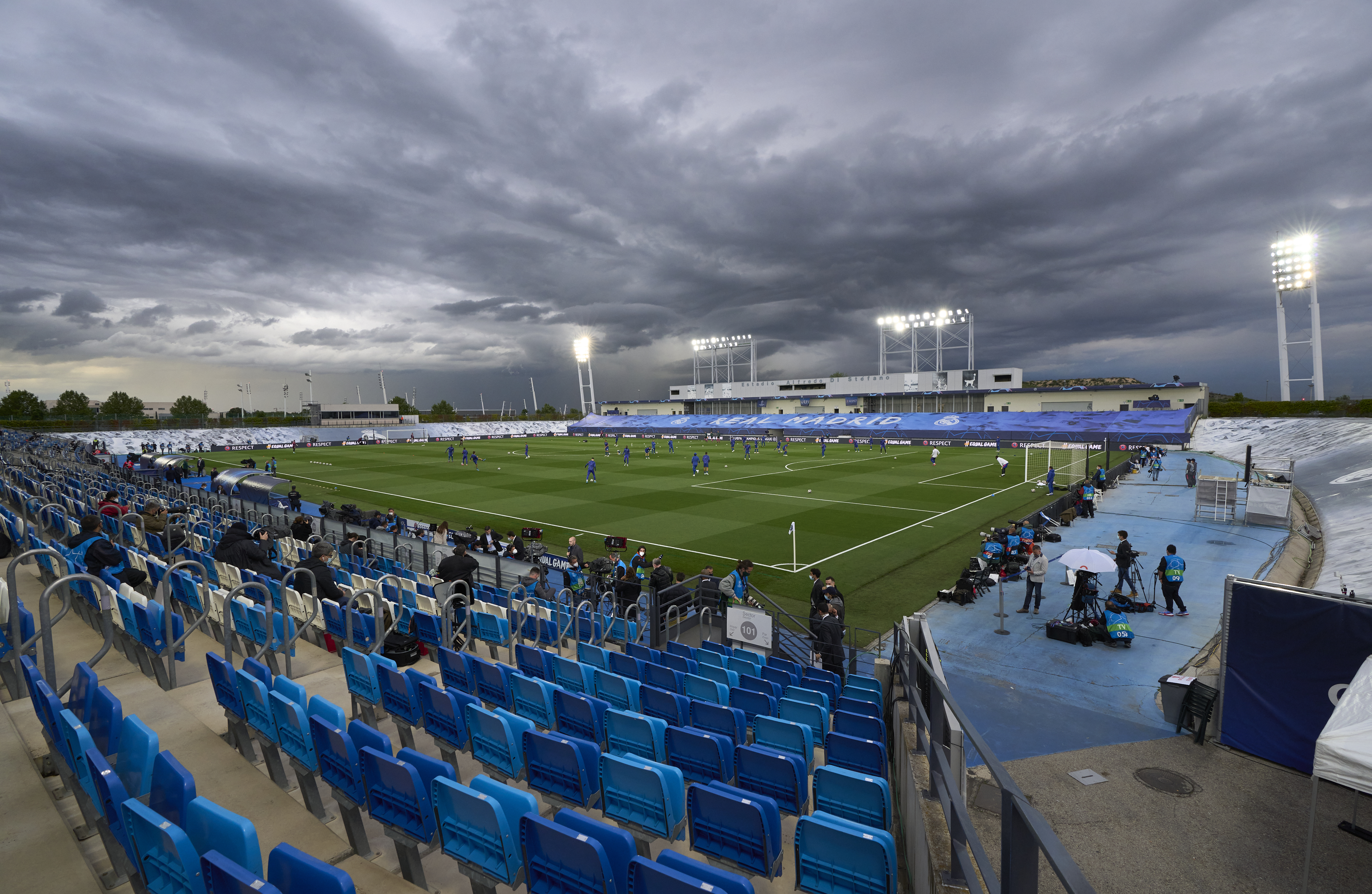
With no fans allowed inside the stadiums during the Covid-19 pandemic, Real Madrid took advantage to step up renovations of their Santiago Bernabéu home.
Instead, Los Blancos played their home games at the Estadio Alfredo Di Stéfano, a 6,000-seater ground at their Valdebebas training facility. Madrid began playing their homes at the smaller stadium in June 2020 and remained there all through the 2020/21 campaign, before returning to the Bernabéu in 2021/22. Real also played at Atlético Madrid's old Metropolitano stadium in 1946/47 while the Bernabéu was being built.
1. Barcelona
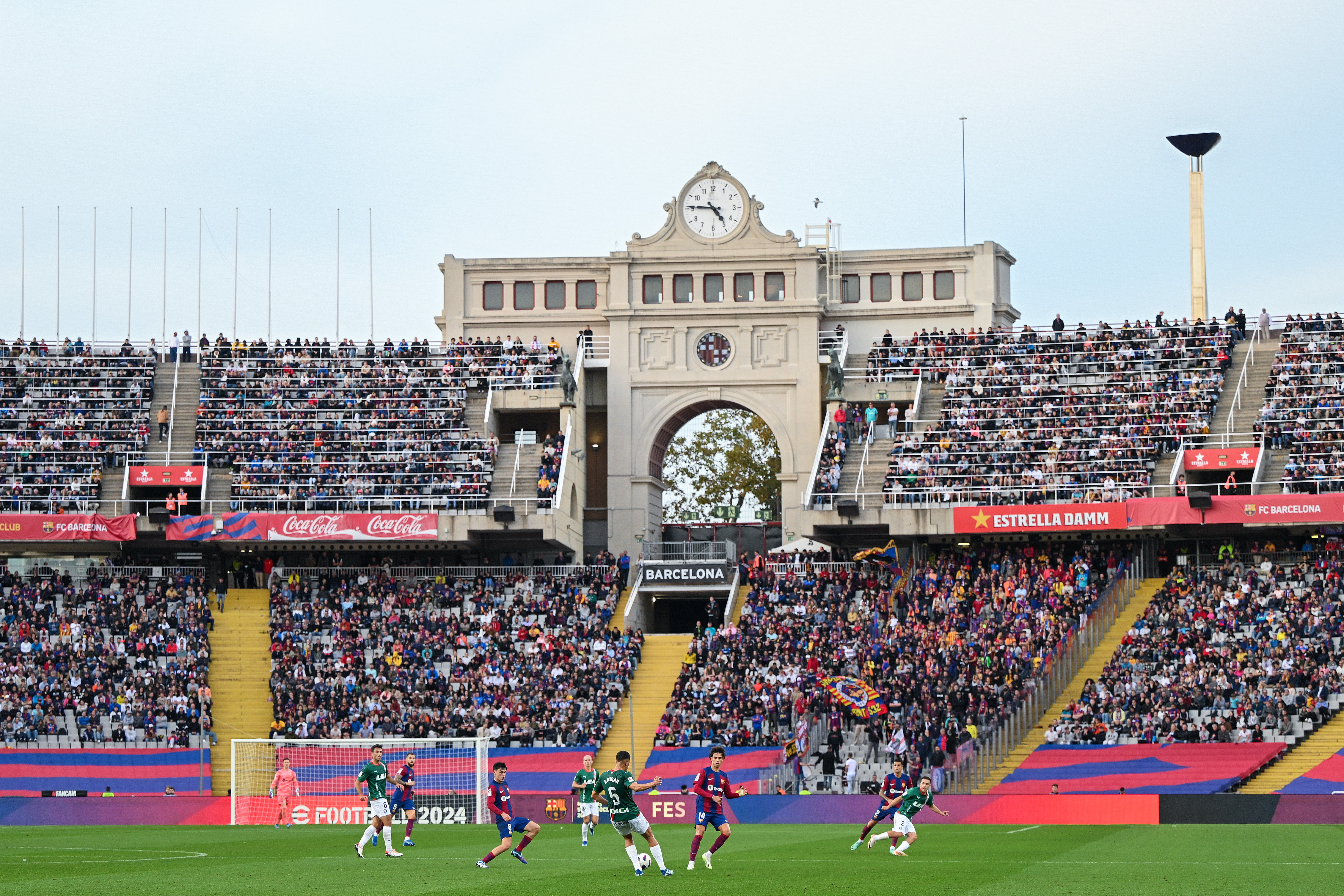
Barcelona were forced to move out of Camp Nou at the end of the 2022/23 season due to extensive renovation work at their famous home.
Ahead of the 2023/24 campaign, the Blaugrana moved into the vacant Estadi Olimpic Lluis Companys in Montjuïc, which hosted the track and field events at the 1992 Olympic Games and was previously home to Barça's city rivals Espanyol.







